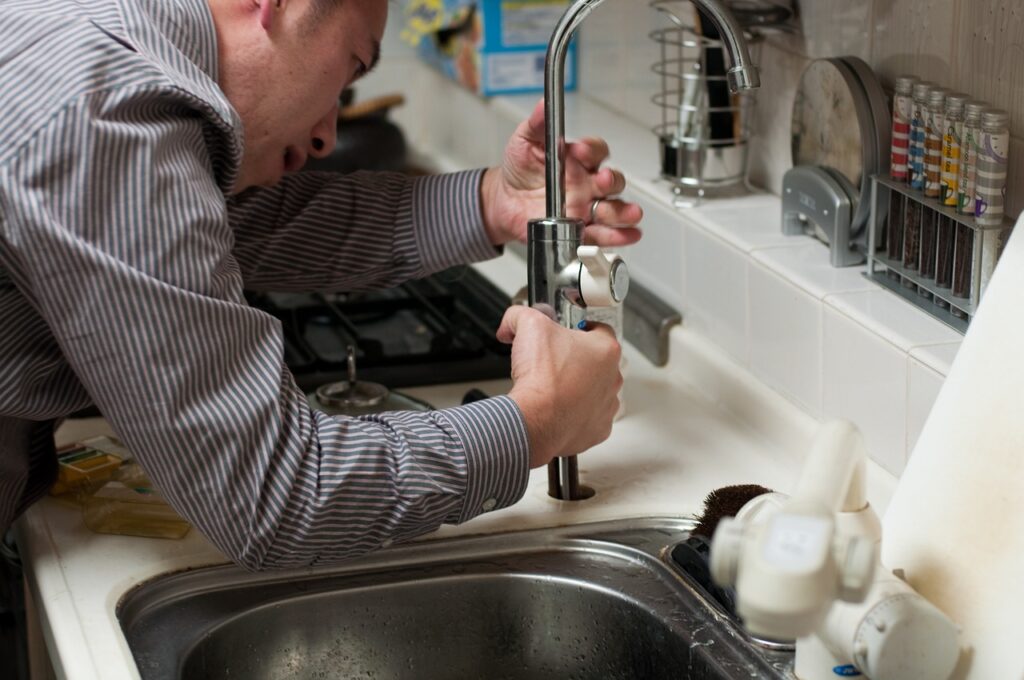
Water damage in homes or other indoor environments can have significant implications for both the physical structure and the health of occupants. Whether it’s due to flooding, leaks, or excessive moisture, water damage creates an ideal breeding ground for mold, bacteria, and other harmful microorganisms. Understanding the potential health risks associated with water damage is crucial for taking prompt action and implementing effective remediation measures. In this article, we will explore the common health risks, discuss the potential consequences, and emphasize the importance of proper water damage restoration.
One of the primary health risks associated with water damage is mold growth. Mold spores are naturally present in the air, but when they encounter a moist environment, they can rapidly multiply and form colonies. Exposure to mold spores and their byproducts can cause allergic reactions, respiratory issues, and even more severe health problems in individuals with compromised immune systems. Symptoms may include coughing, wheezing, nasal congestion, throat irritation, and skin rashes.
Another concern is the presence of bacteria and other microorganisms in water-damaged areas. Contaminated water, such as floodwaters or sewage backups, can introduce harmful bacteria and pathogens into the indoor environment. Exposure to these contaminants can lead to gastrointestinal problems, skin infections, and other infections, especially if proper hygiene practices are not followed.
In addition to mold and bacteria, water damage can also contribute to increased humidity levels, which create an environment favorable for the growth of dust mites. These microscopic creatures thrive in humid conditions and can trigger allergies and asthma symptoms in susceptible individuals. Dust mites are a common allergen and can cause sneezing, itching, watery eyes, and respiratory issues.
Furthermore, water damage can compromise the integrity of building materials, leading to the release of hazardous substances such as asbestos or lead. If the water damage affects materials containing asbestos, such as older insulation or ceiling tiles, it can result in the release of asbestos fibers, which are known to cause serious respiratory diseases, including lung cancer. Similarly, water damage to lead-based paint can result in the release of lead dust or chips, posing a significant risk, especially to young children who may ingest or inhale the lead particles.
Prompt and proper restoration is essential to mitigate the health risks associated with water damage. The first step is to address the source of the water intrusion and ensure it is fixed to prevent further damage. Then, the affected areas should be thoroughly dried and cleaned to remove excess moisture and prevent the growth of mold and bacteria. This may involve using professional-grade dehumidifiers, fans, and specialized equipment to dry out the space effectively.
In cases of extensive water damage or significant mold growth, it is advisable to seek professional assistance from water damage restoration experts or mold remediation specialists. These professionals have the knowledge, experience, and proper equipment to safely and effectively restore the affected areas, minimizing health risks and ensuring a safe indoor environment.
Prevention is also key in reducing the health risks associated with water damage. Regular maintenance and inspections of the property can help identify and address potential issues before they escalate. This includes promptly repairing leaks, improving ventilation in high-humidity areas like bathrooms and basements, and ensuring proper drainage around the property to prevent water intrusion.
In conclusion, water damage can have serious health consequences if not addressed promptly and properly. Mold growth, bacteria, increased humidity, and the release of hazardous substances are among the health risks associated with water damage. Understanding these risks, taking preventive measures, and implementing effective restoration are essential for protecting the well-being of occupants. By promptly addressing water damage and seeking professional assistance when needed, the potential health consequences can be minimized, creating a safe and healthy indoor environment.
